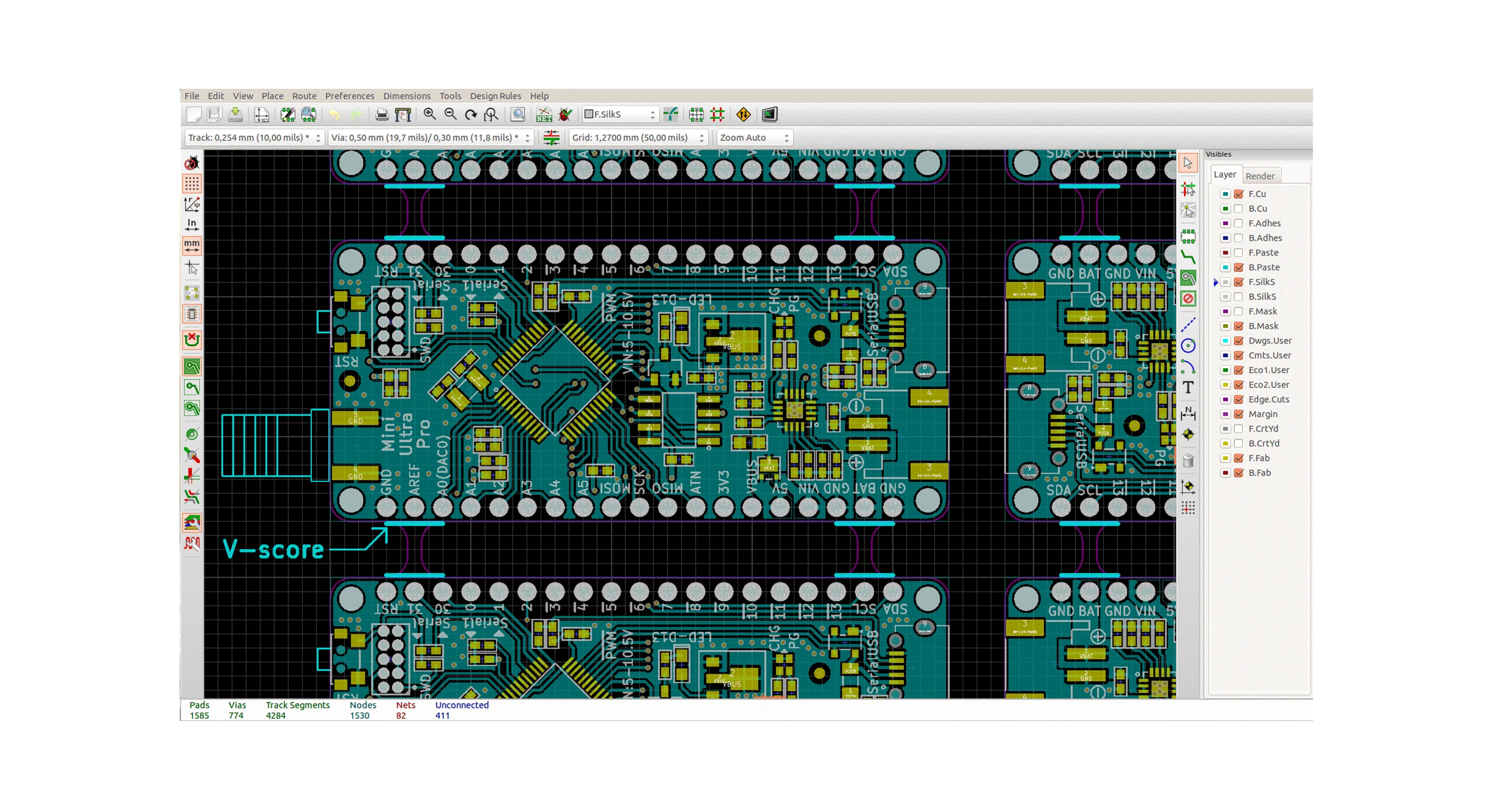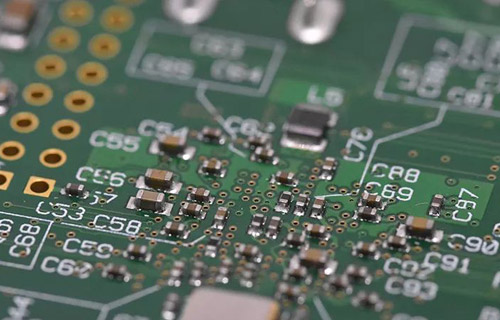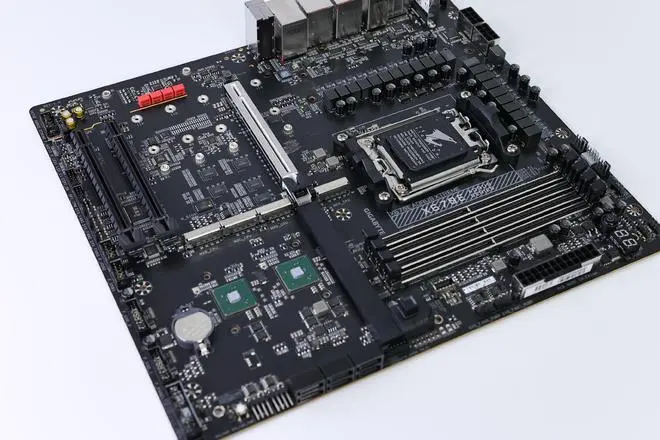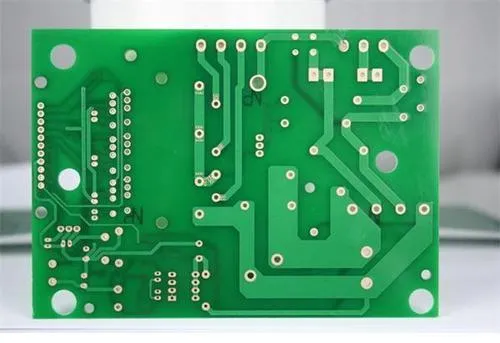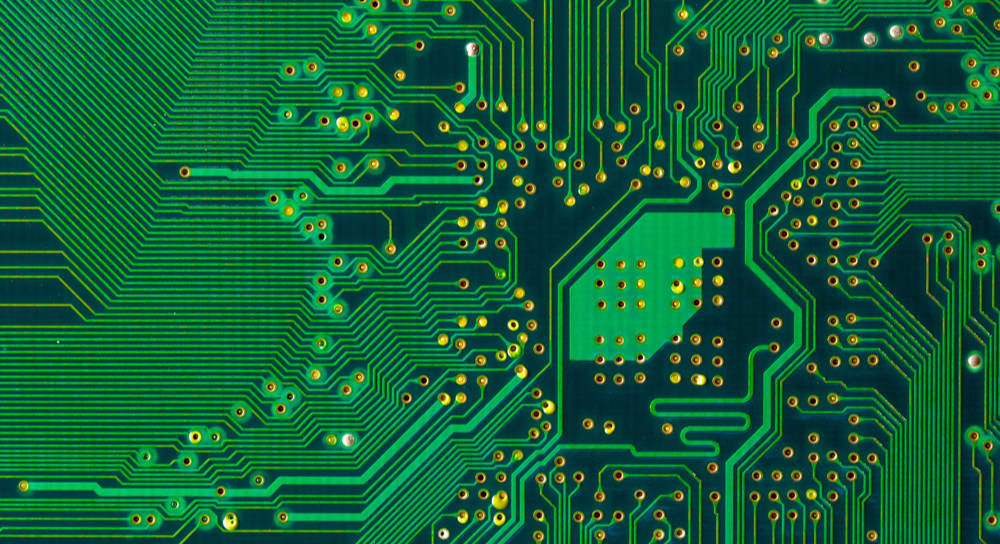
Study on Crosstalk Analysis and Control in High Speed PCB design
In today's rapidly developing PCB design field, high-speed and miniaturization have become a trend How to maintain and improve the speed and effICiency of the system while reducing the size of the electronic system has become an important problem for designers EDA Technology has developed a set of design analysis tools and methods for high-Speed PCB and board level systems. These technologies cover all aspects of high-speed circuit design analysis: static timing analysis, signal integrity analysis, EMI/EMC design, ground bounce analysis, power analysis, and high-speed router At the same time, it also includes signal integrity verification and signature, design space detection, interconnection planning, interconnection synthesis constrained by power rules, system and other scientific and technological methods, which also make it possible to solve signal integrity problems efficiently and better Here, we will discuss the method and control of analyzing signal crosstalk in signal integrity
PCB board
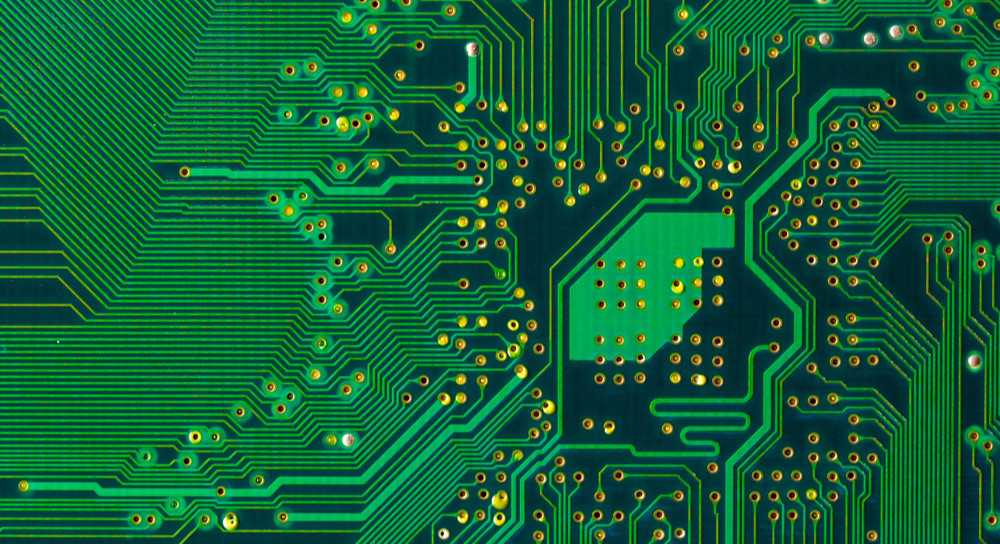
1. Crosstalk signal generation mechanism
Crosstalk refers to that when signals are transmitted in transmission channels, due to electromagnetic coupling, it will have an undesirable impact on adjacent transmission lines and inject a certain coupling voltage and current into the interfered signals. Excessive crosstalk may cause incorrect circuit triggering, resulting in the system not working properly. In the circuit shown in Figure 1, the grid between AB is calLED the attack line, and the grid between CD is called the victim line. As long as the attacker changes state, we can observe the pulse crosstalk of the victim. The signal transmission on the transmission channel will produce two different types of noise signals on the adjacent transmission lines: capacitive coupling signal and inductive coupling signal. Capacitive coupling is the electromagnetic interference caused by the change of voltage (Vs) on the interference source (aggressor) on the interfered object (victim), which causes the induced current (i) to pass through the mutual capacitance Cm, while the inductive coupling is caused by the interference source. The magnetic field generated by current (Is) change causes electromagnetic interference caused by induced voltage (V) on the interfering object through mutual inductance (Lm).
2. Effect of current on crosstalk
Crosstalk is directional, and its waveform is a function of current direction. Here, we look at the signal analogy in two cases. The first case is that the current direction of the interference source wire MESh is the same as that of the interference object wire mesh, and the second case is that the current direction of the interference source wire mesh is opposite to that of the interference object wire mesh (that is, the one at point B is the driving source, and the one at point A is the driving source. The point is the load). Both AB and CD line networks have added 20MHz signals. It can be seen from the SIMulation results that when the current direction is opposite, the peak value of far end crosstalk (357.6mm) is greater than the peak value of far end crosstalk (260.5mm) when the current direction is the same. At the same time, it can be seen from Figure 4 that when the current of the interference source changes, the crosstalk polarity of the interfered source will also change. This shows that the amplitude and polarity of crosstalk are related to the signal current on the corresponding interference source. The far end crosstalk at point D is usually greater than the crosstalk at near endpoint C. In crosstalk suppression, the far end crosstalk at point D is usually used as a key factor to be considered when checking the peak crosstalk voltage of the line network.
3. Signal source frequency and edge turnover rate
The higher the frequency of the interference signal, the greater the crosstalk amplitude on the interfered object. We have analogized the crosstalk on the interfered object when the signal frequency f1 on the interference network AB in Figure 1 takes different frequency values. For crosstalk waveforms with different signal frequencies, the waveform frequencies instructed by the arrows MARKed "1" and "2" are "500MHz" and "100MHz" respectively. It can be seen from the simulation results that the crosstalk voltage on the interfered object is proportional to the frequency of the interference source signal. When the frequency of the interference source is greater than 100MHz, necessary measures must be taken to suppress crosstalk. At the same time, it can be seen from Figure 5 that when the frequency of the interference source is as high as 500MHz, it is obvious that the crosstalk of the near end point C of the interfered object is greater than the crosstalk of the far end point D, which indicates that capacitive coupling has exceeded inductive coupling and has become the main interference factor. In this case, not only the far end crosstalk should be handled well, but also the near end crosstalk that is often ignored should be handled carefully. In addition, let's analyze another factor that has a great impact on crosstalk, that is, the edge flip rate of the signal. Edge) has a greater impact on crosstalk. The faster the edge changes, the greater the crosstalk. Since devices with large edge turnover rate are increasingly used in the design of modern high-speed digital circuits, even if the signal frequency of these devices is not high, they should be carefully wired to prevent excessive crosstalk.
4. The influence of line spacing P and parallel length L of two lines on crosstalk
Under the condition that the distance between two lines and the parallel length remain unchanged, detect the crosstalk of the object to be interfered (marked with "1"); The second case is to increase the distance between the two lines to 10mils on the premise that the parallel length of the two lines remains unchanged. Then detect the crosstalk mark "2" of the interfered object; The third case is to increase the parallel length of the two lines to 2.6in mark "3" when the distance between the two lines remains unchanged, and then detect the crosstalk of the interfered object. It can be seen from the simulation results that when the distance between two lines is increased (P is changed from 5mils to 10mils), the crosstalk decreases significantly, and when the parallel length of two lines is extended (L is changed from 1.3in to 2.6in), the crosstalk increases significantly. It can be seen that the amplitude of crosstalk voltage is inversely proportional to the distance between the two lines, and is proportional to the parallel length of the two lines, but it is not a complete multiple relationship. When the wiring space is SMAll or the wiring density is large, when wiring in the actual high-speed circuit, in order to prevent the crosstalk between the high-frequency signal line and the adjacent signal line, which may lead to the wrong triggering of the gate level, the wiring resources are allowed under some conditions, the line spacing (except the differential line) should be opened as close as possible, and the parallel length of two or more signal lines should be reduced, which can not only save the strained wiring resources, It can also effectively suppress crosstalk.
5. Effect of ground plane on crosstalk
Multilayer PCB usually consists of several signal layers and several power layers, and multiple signal layers and power layers are stacked to form standard microstrip transmission lines and ribbon transmission lines. Generally, there is a power plane near the microstrip transmission line and ribbon transmission line, and the corresponding signal layer and power layer are filled with dielectric. The thickness of the dielectric layer is an important factor affecting the characteristic impedance of the transmission line. When it becomes thicker, the characteristic impedance of the transmission line becomes larger, and when it becomes thinner, the characteristic impedance of the transmission line becomes smaller. The thickness of the dielectric layer between the transmission line and the ground plane has a great influence on the crosstalk. For the same cabling structure, when the thickness of the dielectric layer doubles, the crosstalk increases significantly. At the same time, for the same thickness of the dielectric layer, the crosstalk of the strip transmission line is less than that of the microstrip transmission line. It can be seen that the ground plane has different effects on transmission lines with different structures. This, in high-speed PCB wiring, the use of ribbon transmission lines can achieve better crosstalk suppression than the use of microstrip transmission.
6. Crosstalk control
It is impossible to eliminate crosstalk. We can only control crosstalk within the tolerable range When designing PCB, we can take the following measures: 1) If the wiring space allows, add the distance between lines; (2) In counting layer, the following shall be considered: 3) design key high-speed signals as differential line pairs, such as high-speed system clock; (4) If two signal layers are adjacent, two signal layers shall be provided. Coupling; 5) High speed signal line is designed as strip line or embedded microstrip line; (6) During routing, it is smooth and can be driven slowly; (7) In the case of meeting the system design requirements, PCB board
然后
联系
电话热线
13410863085Q Q

微信

- 邮箱



